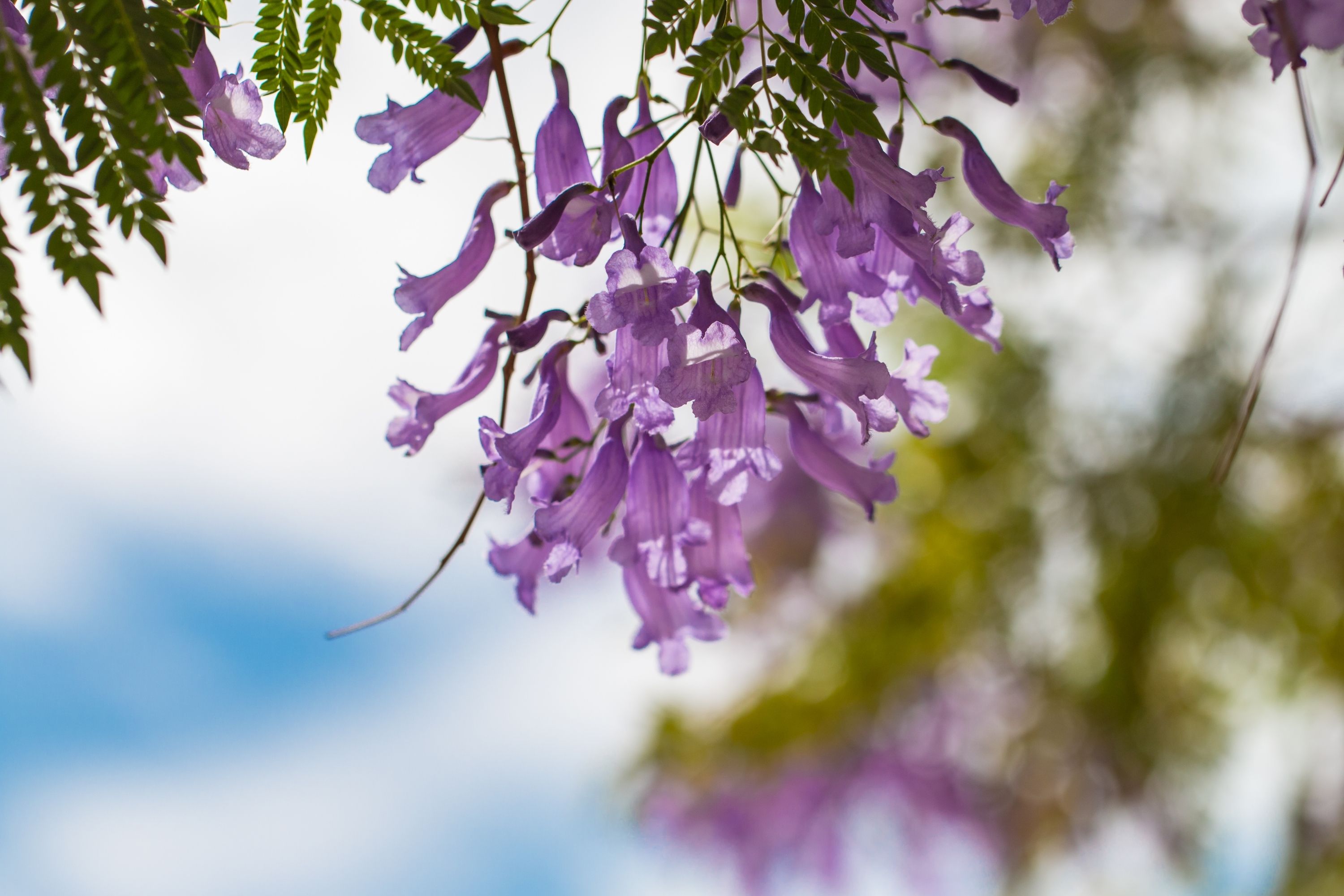Jacaranda rufa
(Jacaranda rufa)

Description
Jacaranda rufa (syn. Pteropodium hirsutum DC.) is a medicinal plant native to Bolivia and Cerrado vegetation in Brazil. This plant is cited in Flora Brasiliensis by Carl Friedrich Philipp von Martius. A cosmopolitan plant, Jacaranda mimosifolia is quite common in Paraguay, Uruguay, Southern California, Florida, Mexico, Colombia, Saudi Arabia, Argentina, Brazil, South Africa, Botswana, Zimbabwe, Australia, New Zealand, Israel, Italy, Portugal, Spain (particularly in Málaga) and Zambia and has been introduced to most tropical and subtropical regions to the extent that it has entered popular culture. It has been planted widely in Asia, with trees visible in many parts of Nepal, Pakistan and India. The species are shrubs to large trees ranging in size from 20 to 30 m (66 to 98 ft) tall. The leaves are bipinnate in most species, pinnate or simple in a few species. The flowers are produced in conspicuous large panicles, each flower with a five-lobed blue to purple-blue corolla; a few species have white flowers. The fruit is an oblong to oval flattened capsule containing numerous slender seeds. The genus differs from other genera in the Bignoniaceae in having a staminode that is longer than the stamens, tricolpate pollen, and a chromosome number of 18. The name is of South American (more specifically Tupi-Guarani) origin, meaning fragrant. The word jacaranda was described in A supplement to Mr. Chambers's Cyclopædia, 1st ed., (1753) as "a name given by some authors to the tree the wood of which is the log-wood, used in dyeing and in medicine" and as being of Tupi-Guarani origin, by way of Portuguese. The genus is divided into two sections, sect. Monolobos and sect. Dilobos DC., based on the number of thecae on the anthers. Sect. Monolobos has 18 species and is found primarily in western South America, Central America, Mexico, and the Caribbean. Sect. Dilobos, which is believed to be the primitive form, has 31 species and is found primarily in southeastern Brazil including the Paraná River valley. The anatomy of the wood in the two sections also differs. Although usually treated in sect. Monolobos, J. copaia differs somewhat from all other members of the genus, and may be intermediate between the two sections (Dos Santos & Miller 1997)
Taxonomic tree:







